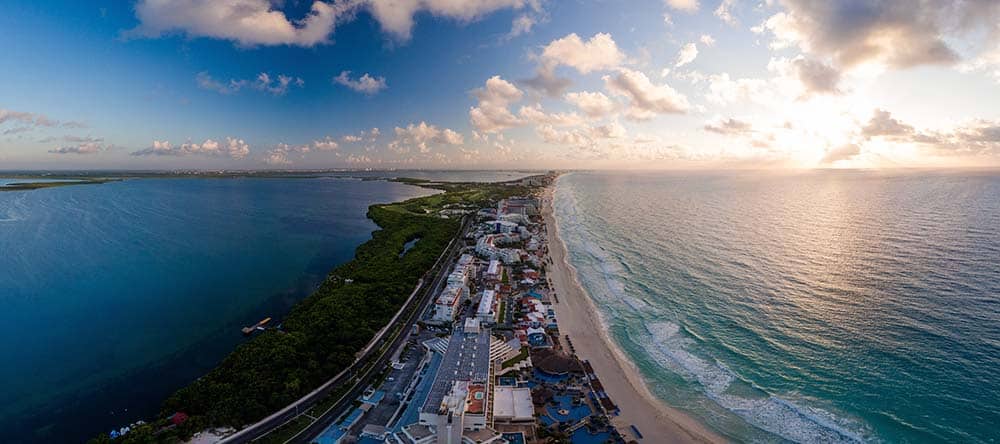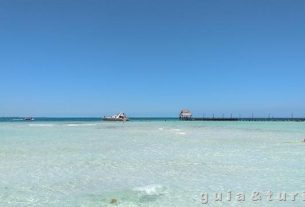Several trips in one. This is what you find in the Yucatán Peninsula, part of Mexico where Cancún, Playa del Carmen and the rest of the Riviera Maya are located. There is everything there: luxury hotels, guesthouses, beaches in the famous Caribbean blue, Mayan ruins and vibrant nightlife. Those who want to relax, away from the Americanized crowd of Cancún, can also find their space, especially in smaller beach towns, such as Akumal and Tulum. Furthermore, this region is the gateway to Chichén Itzá, Mayan ruins that, in 2007, won a global competition that chose the New Seven Wonders of the World.
So, set aside time for your trip to this part of Mexico. With a week you can enjoy a little of everything, but anyone who has more time – 10 days, for example – will go home with the checklist almost complete. To start helping you plan your trip to Cancún and the Riviera Maya, let’s understand a little about the region?
See also: Mexico is much more than Cancún
Mexican food: typical dishes of the country
Cancún hotel zone (Photo: Irina Klyuchnikova Shutterstock.com)
Understanding the region
Before 1970, no one had heard of Cancún. It was in that decade that, wanting to attract more dollars and tourists to Mexico, the government and private sector toured the country in search of a place that could become the most famous resort in the country. It’s not difficult to understand the reason for the choice: the region, which until that moment had few inhabitants, is beautiful.
Cancún was born as a planned tourist destination. Soon after the first hotels, the airport arrived. In the 1980s it was time for the neighboring city, previously a fishing and port region, to also enter the Mexican tourist map: this is how Playa del Carmen was born.
Cozumel, the island in front of Playa, began to be sought after at the same time, mainly for its underwater beauty. And so, little by little, Mexico gained a tourist region neighboring Cancún – the Riviera Maya, a 130 km strip of coastline that begins in Puerto Morelos, after Cancún, passes through Playa del Carmen and ends in Punta Allen, as well south of the peninsula. The map below helps you understand the region.
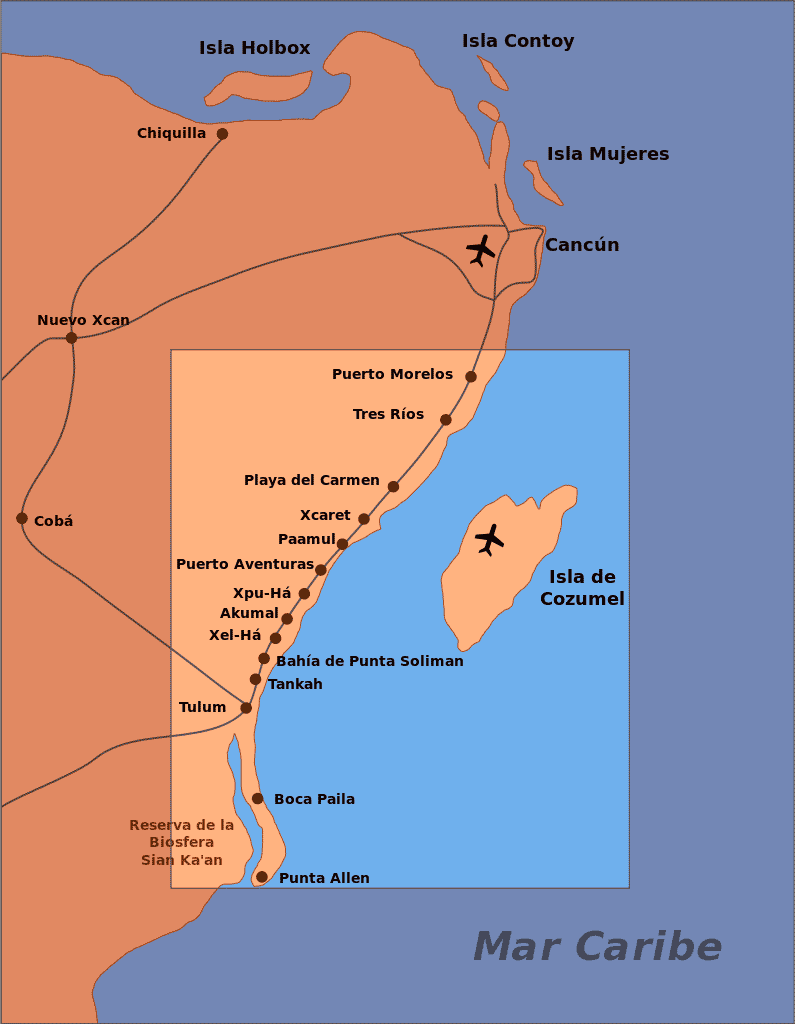
How to get to Cancun
The main airport is in Cancún and is often used by those who base themselves in other cities in the area. That’s what I did – I got off at Cancún International Airport and from there I took a transfer to Play del Carmen, 60 km away, where I stayed.
The direct flight between Brazil and Cancún, operated by LATAM, was canceled in 2016. Today, to get to Cancún you need to make a connection, whether in Mexico City, Panama, the United States or other destinations. It is also possible to reach Cancún by bus, both from other Mexican destinations and from neighboring countries, such as Belize.
The other airport in the region is Cozumel, which receives daily flights from Mexico City and other destinations.
Visa and vaccinations
Brazilians do not need a visa to travel to Mexico for tourism – just a valid passport. And it is not necessary to have proof of the yellow fever vaccine. If your flight connects in the United States, remember that you will need a North American visa. Finally, health insurance is not mandatory, but it is highly advisable to take out one. Find out here how to guarantee insurance with the best cost/benefit.
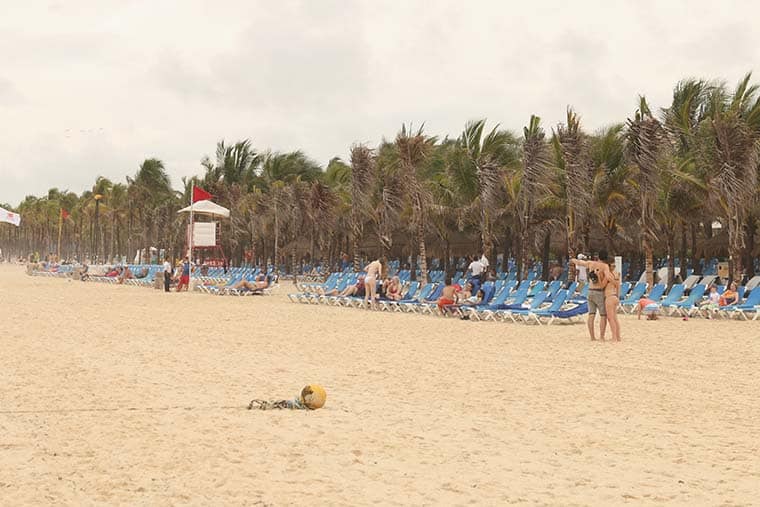
When to go
Thinking about the climate, the best time is from November to May, when there is little rain. In July it also rains little, while in June it rains, but not so much. I went in June and had two days hampered by rain, but overall everything went well. August to November is hurricane season, with September and October being the months with the most rain in the region. It’s best to avoid.
Finally, keep an eye on Spring Break, a vacation period for students in the United States and Canada, which generally takes place in March or early April. As Cancún is one of the favorite destinations for spring breakers, the region is crowded at this time.
Where to stay
The first step is to think about the city – and this choice completely changes the style and cost of your trip. Apart from Cozumel, which is an island, all destinations are along the Carretera Cancun-Tulum, the region’s main highway.
Cancun – Closest to the airport, largest and most Americanized. The hotel zone is made up of tall buildings and the most famous restaurants are inside shopping malls and shopping centers. Famous nightclubs, such as Coco Bongo, are in Cancún.
Carmen beach – The second tourist city, 68 km from Cancún. There are two Playas: the one with luxury resorts, which operate on an all-inclusive basis; and the village, where there are hotels and inns. The resorts are in a gated community called PlayCar, while the hotels and restaurants are distributed along the city’s streets, which have very American names: the main road, where everything happens, is Fifth Avenue. If you stay there, you can do everything on foot.
Cozumel – Island in front of Playa del Carmen. In general, it is usually visited on a day trip from Playa, where the ferries leave for the island. The crossing takes around 40 minutes. Cozumel, which is close to one of the world’s largest barrier reefs, is a major diving destination.
Cumulative – Quiet beach, with clear waters and famous for being home to turtles – many people go there to swim among them. I stayed at a hotel that is three kilometers from this beach, the Akumal Chic at Lot 49. Akumal is 105 km from Cancún and 39 from Playa del Carmen, a route practically in a straight line, along the Carretera Cancun-Tulum.
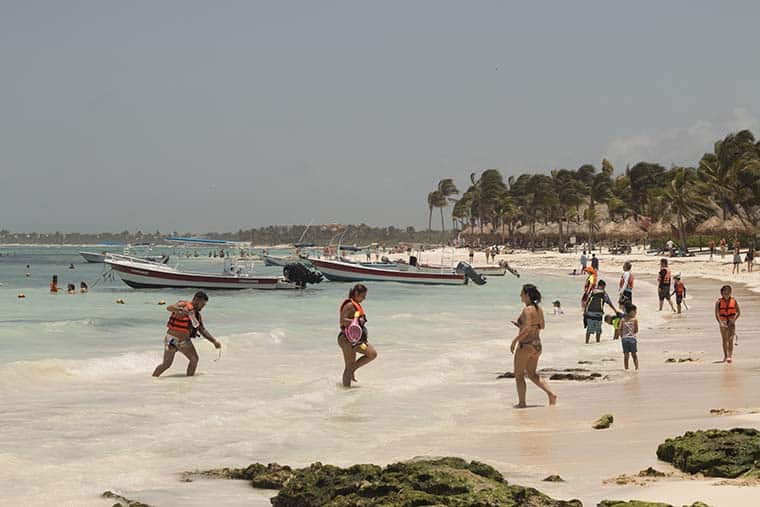
Cumulative
Tulum – This city is famous for having Mayan ruins on the seafront. Many people visit Tulum for a few hours, because of this, but there are those who stay there – the city has beautiful beaches and a much calmer, less touristy climate than Cancún or even Playa del Carmen. Tulum is 128 km from Cancún, 62 from Playa del Carmen and 25 from Akumal.
Is it worth staying at an all-inclusive resort?
I can guarantee you one thing: staying alone at an all-inclusive resort is a huge waste, as the region is interesting and the best programs are not on the resort’s beach. Furthermore, it is always worth highlighting the impact that this type of accommodation has on the local environment, as a large part of the money enters the resort, but then flows to other countries or places, where the headquarters of these establishments are located.
Read too: Our opinion on all-inclusive resorts in general
Even so, I understand the power that the words “full board” have – it’s great to not be able to worry about anything. Not having an itinerary to follow and nothing else to pay for is one of the most relaxing experiences a person on vacation can have. For families with young children, releasing the children into the resort’s structure and resting in front of the beach can also be a tempting choice.
If you decide to stay at an all-inclusive resort, the tip is that you at least share the accommodation. Spend a day at the resort, but reserve most of the time to stay in a hotel and guesthouse, where you will pay a much lower daily rate and will not feel obligated to spend the entire day at the hotel. This way you get to know the region, save money, eat at local restaurants and let your money circulate a little more in the community you are visiting.
See too: Where to stay in Playa del Carmen: hotels and resorts
Speaking of money…
As it is the most touristic region in Mexico, Cancún and the Riviera Maya are more expensive than the rest of the country. Starting with accommodation, but the difference is also visible in restaurants. Dollars are widely accepted to pay bills, but it is best to exchange American currency at an exchange office. And, before you ask me, it’s better to take dollars than reais to Mexico – buy the American currency before leaving Brazil.
There are ATMs that allow you to withdraw directly in dollars, but the fees for these ATM machines focused on tourists from the United States are very high – if you decide to withdraw, look for an ATM that is also used by the local population and get your money in pesos.
Finally, despite the tourist vocation, not all places accept cards. The cenotes, geological formations typical of this part of Mexico, charge very expensive entrance fees and can rarely be paid by card. Gas stations also generally only accept cash, but hotels and restaurants usually accept cards. When in doubt, take cash with you.
How to get around Cancún, Playa del Carmen and the region
Unless the plan is to spend your days lying on a sun lounger at an all-inclusive resort, getting up just to get drinks or at most taking a trip from the hotel itself, then it certainly pays to rent a car. The vehicle simplifies things a lot: with it you can visit several cenotes, pass by the Mayan ruins of Tulum and Cobá, visit different beaches and even extend to more distant destinations, such as Chichén Itzá.
A good solution, if you want to combine rest with visiting other attractions, is to spend a few days dedicating yourself to the beach and caipirinha program and only rent the car when you decide to go out and see other places. That’s what I did. While we were in Playa del Carmen, the solution was public transport and taxis, but when we changed our accommodation base and went to Akumal, we rented the vehicle. From Akumal we drove to Tulum, Cobá, Valladolid and Chichén Itzá. You do not need to have an international driver’s license to drive in Mexico.
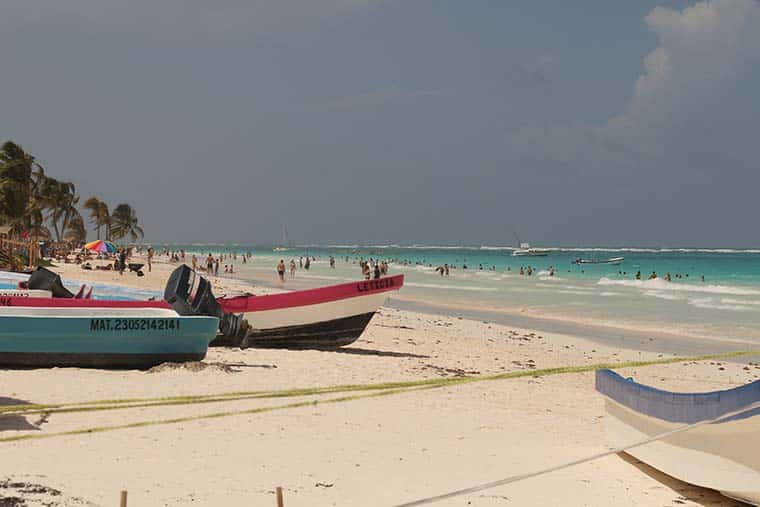
If you don’t have a car and decide to take a taxi, remember that the high presence of Americans has introduced the custom of tipping the taxi driver, which is expected. If you decide to use public transport, buses that connect the cities in the region depart from the bus stations in each of them and white vans travel between Tulum and Cancun, with stops at each point along the main highway. The price varies according to the destination, but as the service is used by the local population, it is not usually expensive.
At the time of my trip, in June 2017, there were no transportation apps in the region, like Uber.
See too: How to rent a car in Cancun and Playa del Carmen
What to do: seven-day itinerary
I spent six days in the region. The stay was divided, with half spent on the beach and the other half on tours, many of which also involved the sea. For the first three days, our base was Playa del Carmen, which we thought would be a better destination for our travel style than Cancún.
After time for shade, beer and fresh water, we headed to Akumal, the turtle beach. It was from there that we also got to know Tulum, the cenotes, Cobá and Chichén Itzá. In the case of the last destination, we went there on a day trip basis, but, due to the distance of more than 200 km, the ideal is to sleep there or in a closer city, like Valladolid. Or even stretch a little further to Mérida.
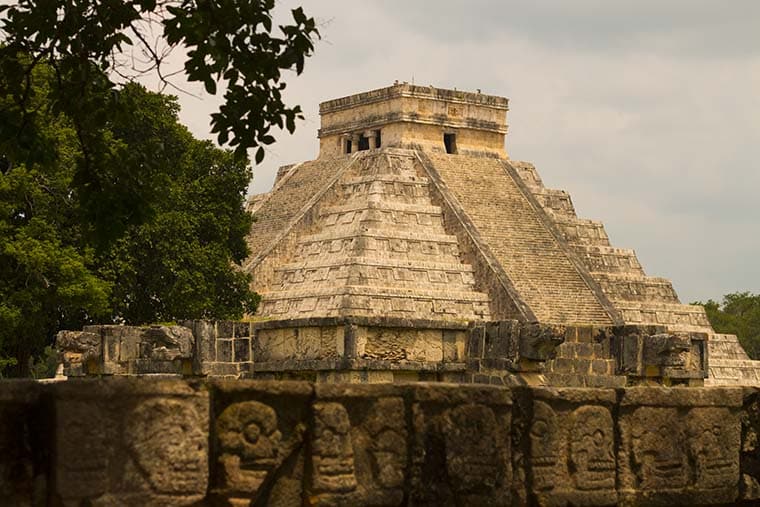
Cobá and Tulum can be fit into the same day trip, but Tulum, which has beautiful beaches, also takes more time. Finally, consider making day trips to other destinations, such as Cozumel or Isla Mujeres.
Choosing which tours to take can change the decision of which city to base your base in – if you prefer to visit Mayan ruins, then Tulum and Akumal are good choices, while those who prefer to enjoy the nightlife can choose to base themselves in Cancún or Playa del Carmen.
Sign up for our newsletter

Sign up for our newsletter and stay up to date with exclusive news
that can transform your routine!
Warning: Undefined array key "title" in /home/storelat/public_html/wp-content/plugins/link-whisper-premium/templates/frontend/related-posts.php on line 12
Warning: Undefined array key "title_tag" in /home/storelat/public_html/wp-content/plugins/link-whisper-premium/templates/frontend/related-posts.php on line 13

